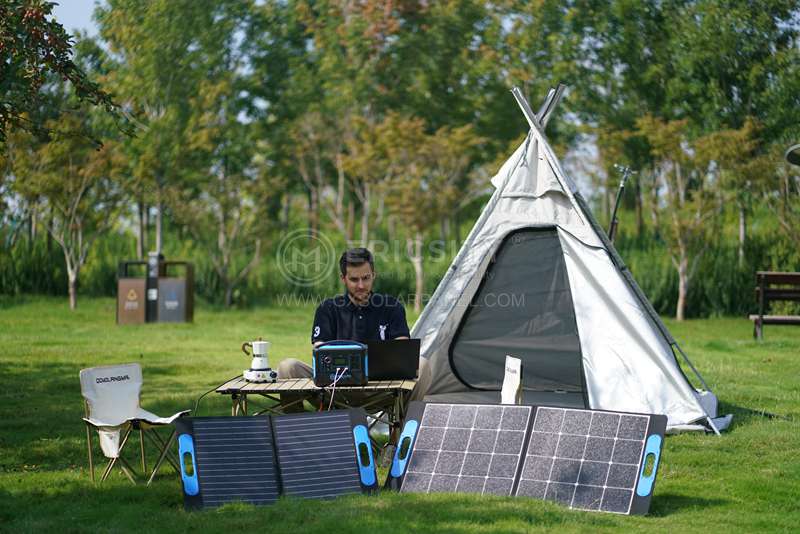HOT PRODUCT
Product Details
amorphous Flexible Solar Panels: A Brighter Tomorrow For All
Title: Amorphous Flexible Solar Panels: A Brighter Tomorrow For All
Introduction:
In recent years, solar energy has gained significant traction as a clean and renewable source of power. Traditional solar panels have become more prevalent, but their rigid structure limits their versatility and applications. However, the emergence of amorphous flexible solar panels has opened up a new realm of possibilities. This article explores the technology behind these panels and their potential to revolutionize the way we harness solar energy.
Understanding Amorphous Flexible Solar Panels:
Amorphous flexible solar panels, also known as thin-film solar panels, are made using non-crystalline silicon. Unlike their crystalline counterparts that require a rigid structure, amorphous panels can be manufactured on flexible substrates like plastic or metal. This flexibility allows them to be easily integrated into a wide array of applications that traditional solar panels cannot accommodate.

Versatility and Application:
One of the key advantages of amorphous flexible solar panels is their versatility. They can be seamlessly integrated into various surfaces, including curved, irregular, or non-traditional shapes. This opens up possibilities for solar energy generation in places where it was previously impractical, such as on vehicles, mobile devices, and clothing.
In the transportation sector, amorphous flexible solar panels can be incorporated into the body of electric vehicles, contributing to their energy needs. This integration not only enhances the vehicle’s range but also reduces reliance on grid-charging, making electric mobility more sustainable and accessible.

Moreover, amorphous flexible solar panels have the potential to revolutionize mobile devices. By utilizing them on the surfaces of phones, tablets, or smartwatches, these devices can harness solar power even while on the move, reducing dependency on conventional charging methods and extending battery life.
Another promising application is in architecture and building design. The flexibility of amorphous panels allows them to be seamlessly integrated into windows, façades, and roofs, providing a dual function of generating electricity and regulating indoor temperature. Their lightweight nature simplifies installation and opens paths for energy-efficient buildings that blend sustainability with aesthetics.
Efficiency and Advancements:
While amorphous flexible solar panels have slightly lower energy conversion efficiency compared to crystalline panels, advancements in technology are continuously improving their performance. Manufacturers are investing in research and development to enhance the thin-film deposition process, resulting in higher energy conversion rates and improved durability.


Furthermore, the manufacturing process of amorphous flexible solar panels produces significantly less waste compared to crystalline panels, thanks to reduced material consumption. This underscores their environmental superiority, aligning with the principles of a sustainable future.
Challenges and Future Prospects:
Despite the numerous advantages, widespread adoption of amorphous flexible solar panels faces a few challenges. Currently, the cost of manufacturing and the conversion efficiency are higher compared to traditional panels. However, as the technology matures and economies of scale are achieved, these challenges are expected to be overcome, making amorphous panels more affordable and accessible.
Conclusion:
Amorphous flexible solar panels hold tremendous potential to reshape our vision of solar energy generation. Their versatility, ease of integration, and commitment to sustainable manufacturing make them a game-changer for various industries and applications. As technology continues to advance, these panels may become a vital component in realizing a brighter and more sustainable tomorrow for all.




